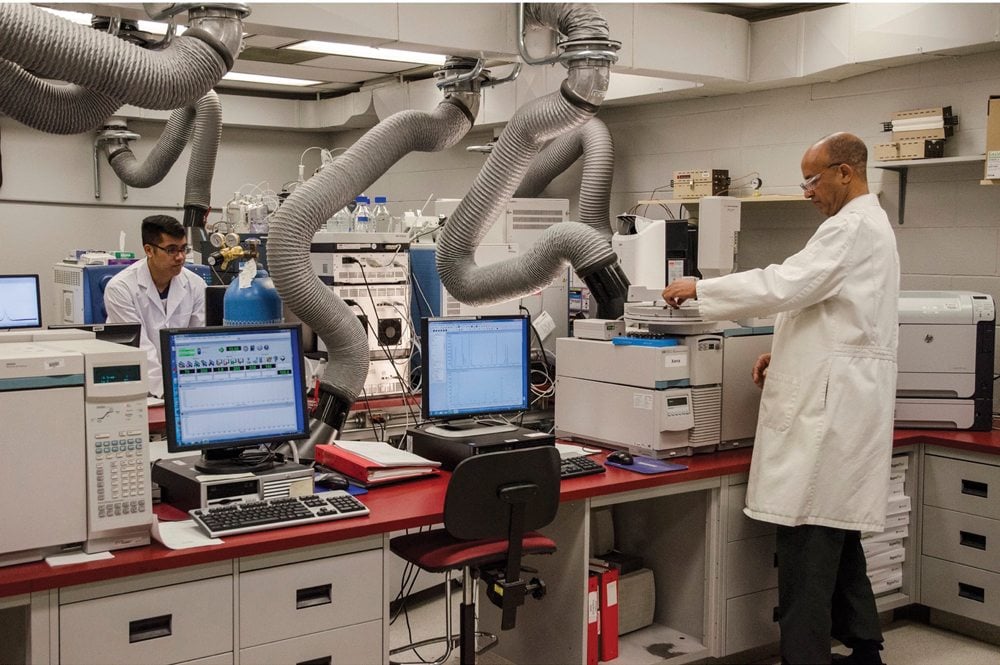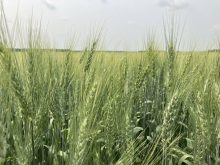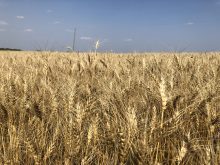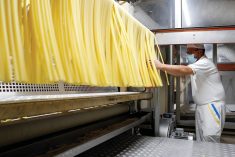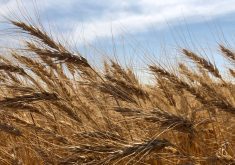Most Italian pasta makers don’t need convincing about the quality of Canadian durum.
While some companies have developed lines of pasta using only durum grown in Italy, they tend to be specialty products, partly because pasta makers aren’t able to source large volumes from Italy with the durum quality they need, said Luigi Cristiano Laurenza, pasta secretary at the Italian Association of Confectionery and Pasta Industries.
- Italian durum exports hit by labelling rule
Read Also

Farming Smarter receives financial boost from Alberta government for potato research
Farming Smarter near Lethbridge got a boost to its research equipment, thanks to the Alberta government’s increase in funding for research associations.
Canadian Western Amber durum is renowned for its superior milling quality because it produces a high yield of semolina, and also has a high yellow pigment content and high protein content, said Bin Xiao Fu, a research scientist at the Canadian Grain Commission’s Grain Research Laboratory who specializes in durum. Canadian durum also has strong gluten characteristics that produce superior quality when cooking pasta, he said.
“Canadian Western Amber durum is widely used in various products, including long and short dried pasta, fresh pasta, sheeted pasta, couscous, and baked bread,” he said.
While many Italians want to buy pasta made exclusively from Italian durum, they are also discerning consumers, said Laurenza.
“Italian, European, and other international consumers are accustomed to tasting a very high standard of pasta that requires quality durum wheat that pasta makers use, regardless of where it comes from,” he said. “Pasta makers need the high-protein durum such as that produced in North America for their pasta, especially when you are looking for texture and to eat it al dente. Our pasta makers have to look all over the world for the best-quality wheat in order to make their fantastic pasta.”

